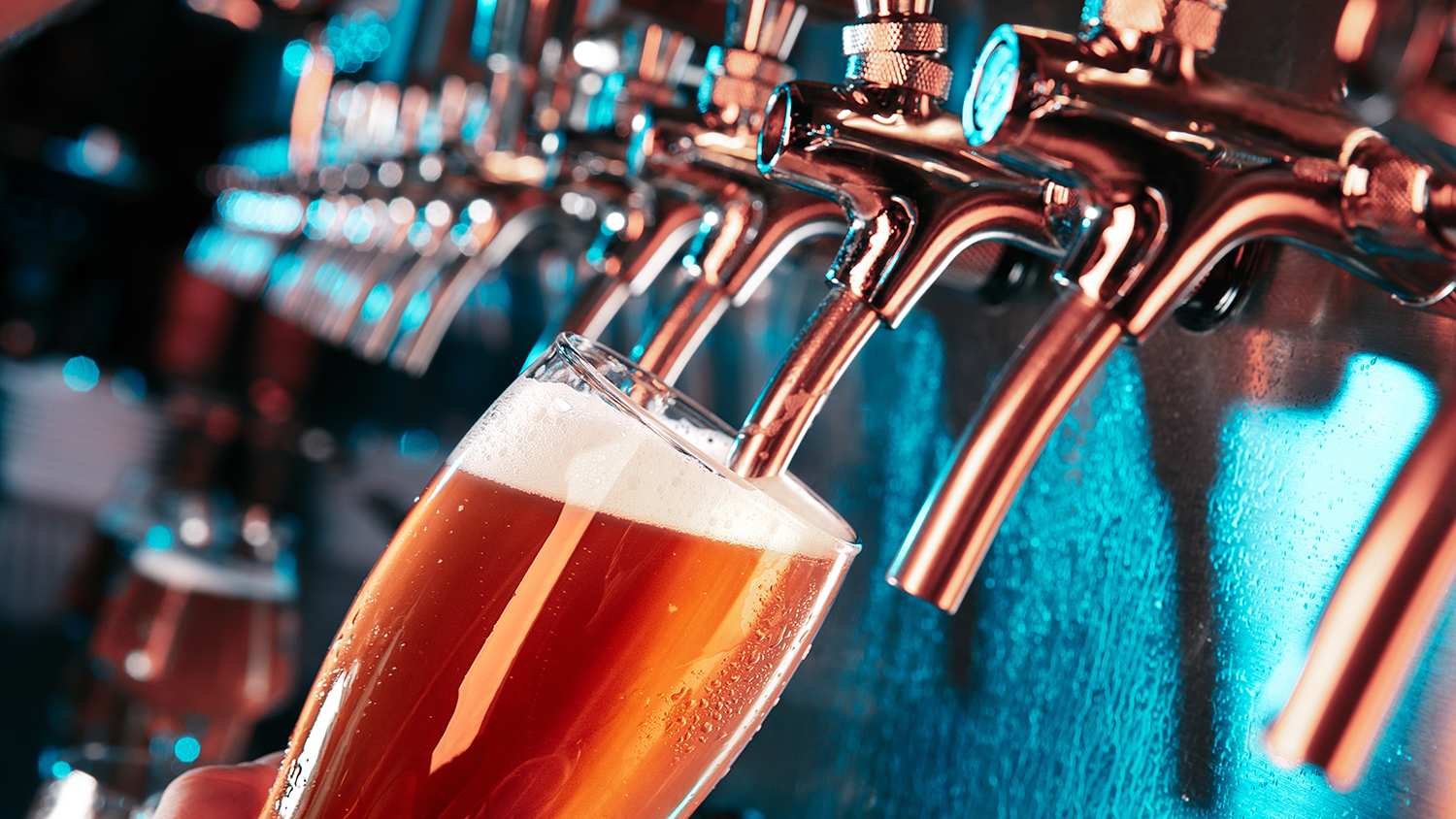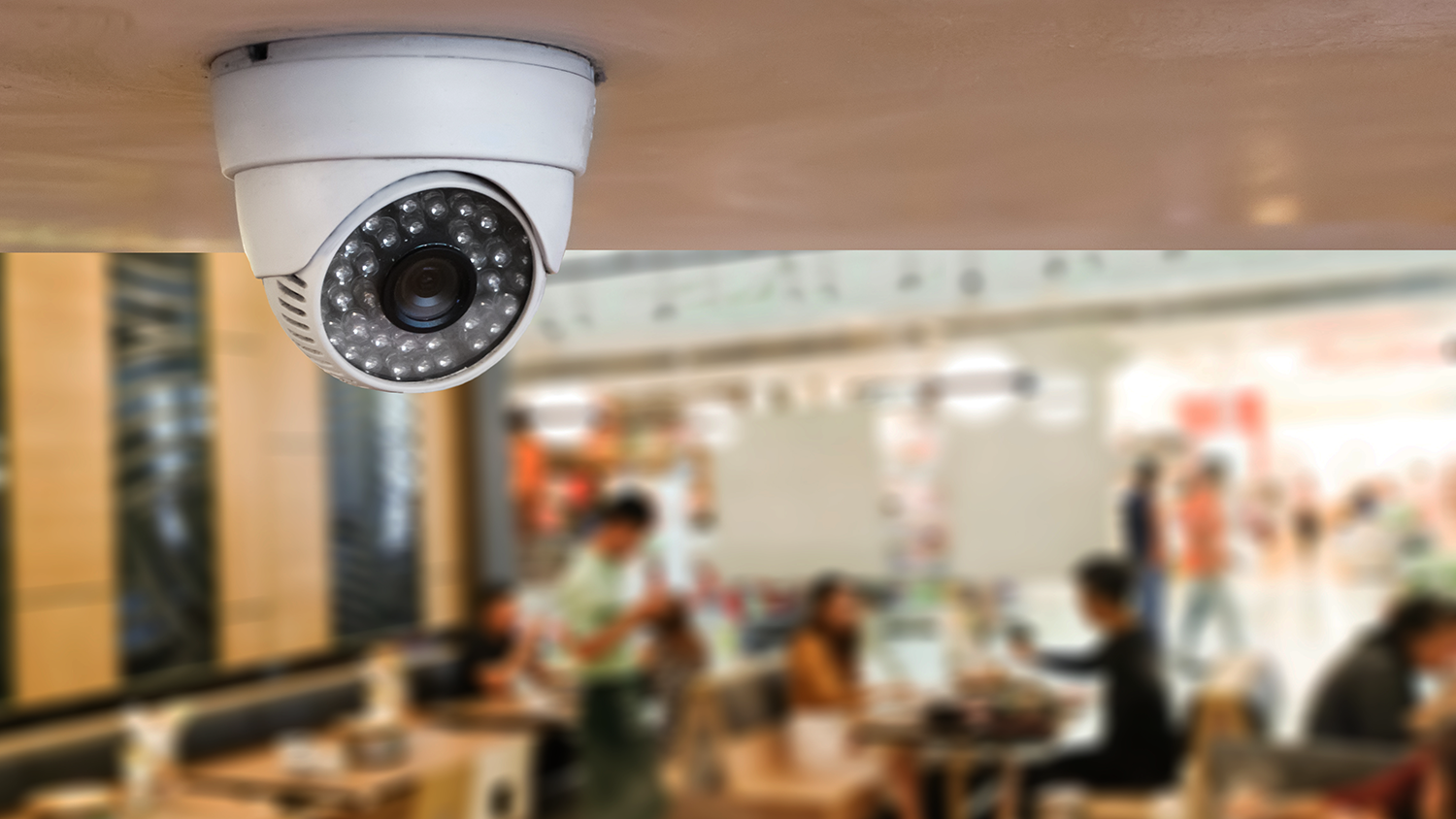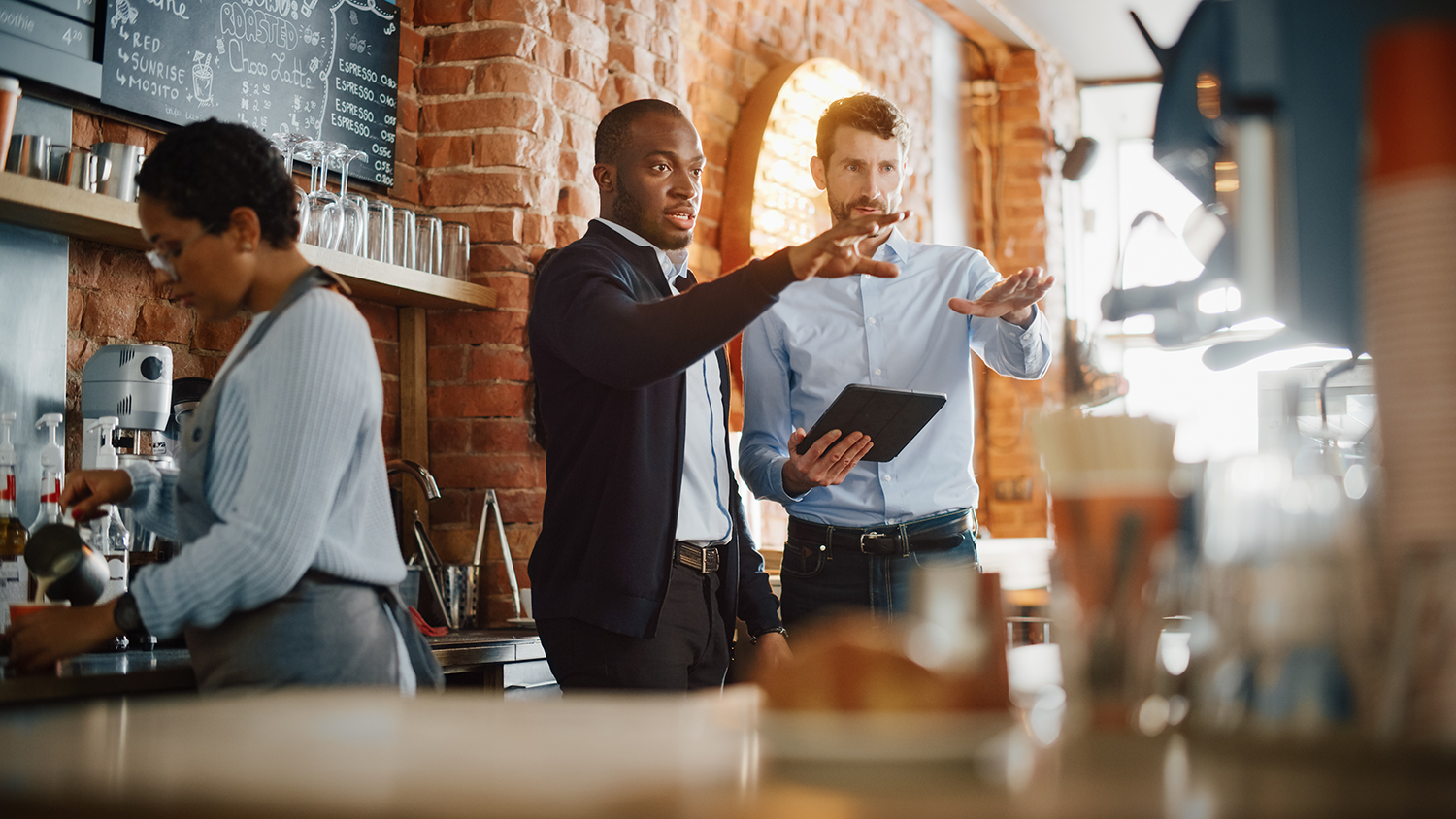By Sonal Mehta, Content Lead, Soluab
Technology touches every aspect of our lives. It’s designed to make our lives easier, better and faster. The growing mobile world and social media have dramatically turned the tables everywhere, in every industry. And these ever-rising technologies have also impacted the bottom line of the restaurant businesses. Today’s technological buzzes like machine learning, artificial intelligence, smart devices, wearable devices, mobile apps -- all these are cumulatively reshaping the restaurant industry.
According to a recent study by the National Restaurant Association, more than 81% of restaurants uses a point-of-service (POS) or electronic register system. This shouldn’t be a shocker to any operator. But there’s so much more.
Think about UberEats, Dominos, Starbucks, Little Caesars and others. These big restaurant chains are changing the hospitality game and are slowly forcing indie restaurants to figure out how to adapt. You might not need a mobile app like Starbucks, online ordering platform of Dominos, or vending machine pickup system of Little Caesars – but to remain stagnant could mean falling behind.
And while we’re sure most of you have some sort of digital presence, a relatively active social media account and basic analytical tools, it’s also important to look ahead at the next wave of restaurant technologies that’ll change the restaurant industry and impact the overall guest dining experience.
So, what technologies are changing the restaurant industry? Mobile technology in the restaurant industry is not just about ordering and paying online or via mobile app. It’s much more beyond this.
Digital tracking of inventory
Let’s start off with the safest restaurant tech that we’re sure you’re all using – digital inventory systems. Remember the pen and paper method of physical inventory tracking? Well, it's basically obsolete now. Most restaurants have embraced electronic method of tracking inventory. Digital tracking of assets and inventory provides restaurant owners with better visibility of their main assets in a much time efficient manner. It results in the optimization of raw material order and helps avoid unnecessary food wastage.
The purchase managers can adjust frequency and timing to purchase ingredients and required supplies to keep track of actual product counts. Data tracked through software can alert managers to minimize waste, theft and over-portioning or under-portioning.
Facial recognition payment
Heard about “smile to pay” facial recognition system? It applies to the restaurant industry too. With smartphones becoming smarter day-by-day, how long can restaurants stay behind other industries?
All thanks to AI (artificial intelligence), facial recognition payment systems can make guests paying their bill feel effortless. Guests can cash out their orders by just smiling at the screen. The system isn’t all that unlike the facial recognition features of the latest smart phones. 3D webcam recognizes the guest’s facial features and links it to their online payment account. On login, the diner has to confirm the payment by entering their phone number.
Since guests can log in through their face, it becomes very convenient for restaurants to reduce labor costs and makes operations more efficient. It also has the potential to make bill-paying a faster and painless process. Currently, getting & paying the bill is one of the biggest pain-points for diners.
Tabletop tablet manager
When your restaurant gets busy, it’s easy for your servers to lose track on which guests they’ve checked in and which have been neglected. This can lead to late ordering and an all-around negative guest experience. The mobile revolution has made the tabletop tablet ordering systems a considerable part of the casual dining restaurant industry makeover. Instead of waiting for the waiter, under this technology, once the diners take their seats, they can immediately view the menu via their tableside ordering system and place an order. Many also have payment options, too, making the bill-paying process painless.
According to a survey by PubsOnline, guests who enjoyed using a tabletop device were more likely to return to the restaurant and were more likely to leave a higher tip. A win-win-win for your business, staff, and guests.
As this frees up your servers, they can utilize this saved time for other activities. Of course, it saves the amount of labor costs, too.
Bluetooth temperature sensors
HACCP (food safety) checklists can be a huge pain. To avoid the confusion and mess of these checklists, many restaurants have started utilizing Bluetooth temperature monitoring systems. These sensors ensure that the quality of their food and equipment are up to par.
Some benefits of using handheld probes and fixed sensors include:
- Restaurants can either manually or automatically measure temperatures of their key assets
- It eliminates paper logs.
- Sensors can record wireless temperature readings in HACCP records so that employees don’t need to do so.
- Wireless temperature systems are a proactive approach to food safety. They help restaurants to avoid product loss and protect customer safety.
- Further, such sensors help prevent staff members from misrepresenting daily reports
- Through sensors, restaurant managers can program customized limits for each food and equipment. If the temperature limits are crossed beyond acceptable threshold, it shoots alerts for actions.
Closing thoughts
What all has been depicted are just a few of the practical benefits of embracing technology in the restaurant business. Although latest technologies come at a cost, the ROI that restaurants experience in their business is well worth the investment.
Over and above, restaurants can benefit a lot from customized and personalized marketing, digital reservations, optimized scheduling and automated purchases.
In most mega-industries, the finale for data analytics is automation driven by AI and machine learning, and the restaurant industry is all set to hug this trend.
About the Author
This article is written by Sonal Mehta. She is a Content Lead at Solulab, USA based leading mobile apps and software development agency, started by Ex vice president of Goldman Sachs, USA and Ex iOS lead engineer of Citrix. Solulab help build startups - we are a no-sweat technical partner for early stage entrepreneurs to launch ideas from scratch and for later stage startups to build more quickly and affordably.















